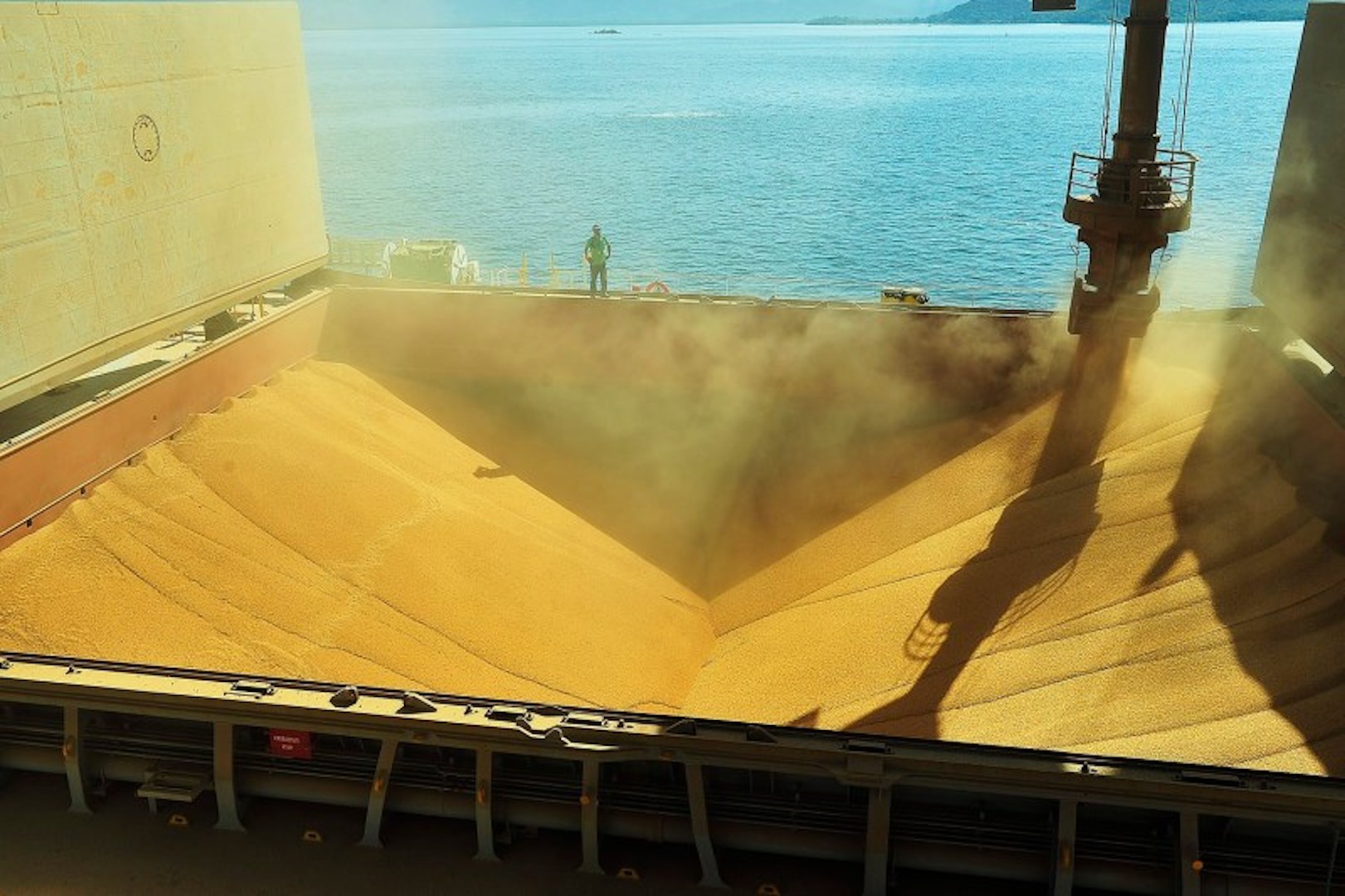RIO DE JANEIRO, BRAZIL – Revenue from Brazilian agricultural exports rose 20.9% in the first half of 2021 compared to the same period last year, according to a study released Friday by the Institute for Applied Economic Research (IPEA). From January to June, the sector exported goods worth US$61.5 billion, up from US$50.9 billion in the first six months of 2020.
The document shows good prospects for the national production sector but warns of low world stocks of soybeans and corn. Brazilian exporters began to feel the partial recovery of average export prices of most agricultural products in June, especially beef, soybeans, and corn.

According to IPEA, average prices for almost all agricultural commodities have declined over the past two years. Still, there was a sharp increase in the international market starting in the second half of 2020.
The study also warns that increases in demand for soybeans and corn have contributed to production growth, particularly in Brazil, but that stocks of the two commodities are dwindling.
Chinese stocks and production do not meet domestic demand for soybeans, signaling a good outlook for Brazilian agricultural producers as they plan for the 2021/22 crop. The outlook for animal protein sales to the Asian country is also positive.
Although agribusiness is a traditional exporting sector, imports increased 20.2% from US$6.2 billion to US$7.5 billion in the first half of 2021. According to IPEA, Brazil’s main import product was wheat, with a 16% increase in payments but a 5.1% decrease in volume. It was followed by fish, vegetables, paper, and palm oil.
In the first half of the year, China remained the main destination for Brazil’s agricultural industry, accounting for 39% of the value of exports, followed by the European Union (14.5%) and the United States (6.4%).
Together, these destinations represent almost 60% of Brazil’s total exports. Compared to the same period in 2020, China increased imports by 20.1%. The European Union and the United States increased by 16.5% and 30.2%, respectively.

